We had a reader request for “classic American dishes.” We decided to start with French fries.
Ingredients
The ingredients are simple:
- We made three flavors using russet potatoes, Asian sweet potatoes, and American sweet potatoes.
- For oil we used the Beef Tallow that we showed how to make last week.
Preparation
Start by cutting uncooked potatoes or sweet potatoes into appropriate shapes. We favor finger-sized slices or thin chips, and keeping the skin on. Here are russet potatoes, Asian sweet potatoes, and American sweet potatoes:
After slicing, soak them in a bowl of water as shown above. The purpose of this is to draw out starch. You can rub the potato with your fingers: it will feel slimy as long as there is starch there. You may need to rinse the potatoes 3-4 times to remove the starch. When you’re done, the slimy feel should be gone and the water should be clear.
Removing the starch will make the French fries crispy.
After the starch is removed, lay the fries out to dry:
It is important that they dry thoroughly. There must be no water when they are cooked. Drying takes at least 30 minutes.
Frying the potatoes occurs in two parts: once to cook the potatoes through, and a second time to make them crispy.
Put beef tallow (or whatever oil you are using) into a saucepan to a depth of a few inches, and heat it to a middling temperature about 275 F / 135 C. Add as many dried potato slices as will fit in the oil:
It doesn’t take long to cook: about 3 to 5 minutes. When they’re done, remove the fries; we used chopsticks.
At this stage the fries will look like this:
Set the fries aside for at least 10 minutes — 30 minutes is safer — to let them cool. They should be comfortable to the touch. If you want to freeze fries for future use, this would be a good stage to put them in the freezer.
But if you’re finishing the fries now, heat the oil to a high temperature — more like 350 F / 175 C, which is almost to the smoke point of most cooking oils — and return the cooled fries to the oil. Leave them in for just 2 to 3 minutes and remove. This will make the fries crispy, looking like this:
Sprinkle salt and any other spices you like on them, and they’re done!
Conclusion
French fries are really easy, if a bit time consuming, to make, and really hard to stop eating.
Our potatoes and Japanese sweet potatoes were superb, but the American sweet potato discs were only good — a little soft. Perhaps this species has extra water, or perhaps the disc shape needs more cooking time than we gave it.
We use our beef tallow for at most 3 batches — that is, 3 rounds at the low temperature and again at the high temperature — and then discard it. Because beef tallow solidifies at room temperature and can clog pipes, don’t pour it down a kitchen drain; let it solidify and discard it as solid trash in an appropriate container.
French fries have a tremendous taste to expense ratio — especially if you’ve been able to get beef fat for free from your butcher, like Paolo! Highly recommended.







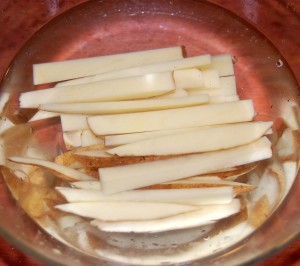
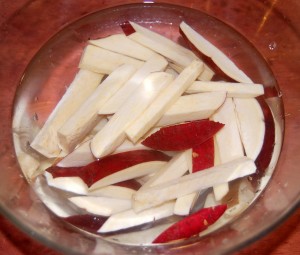
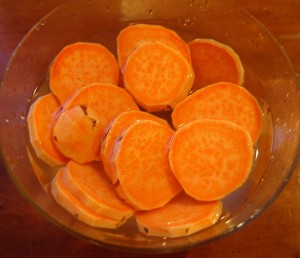
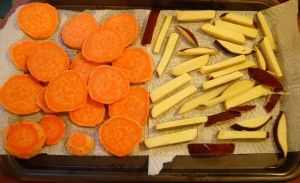


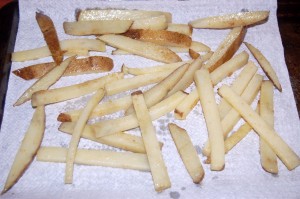
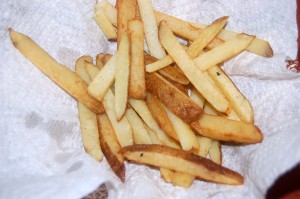

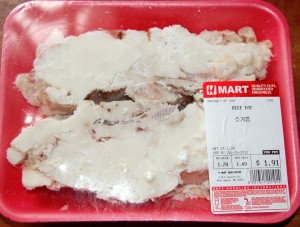
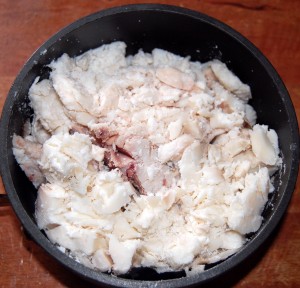
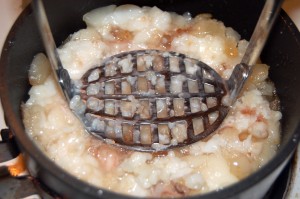
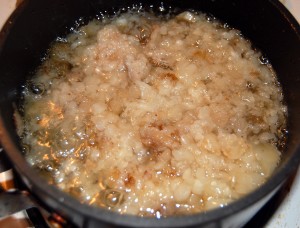
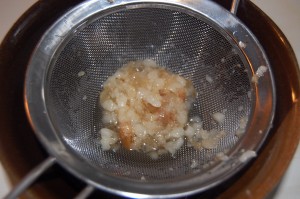

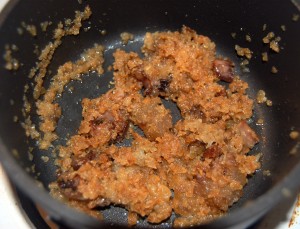
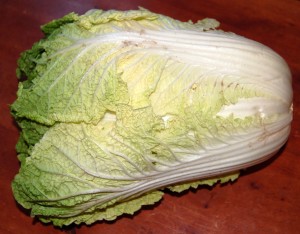
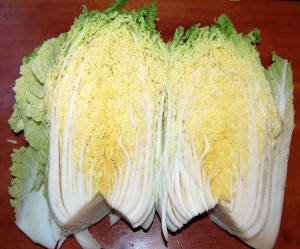
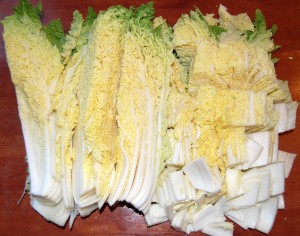
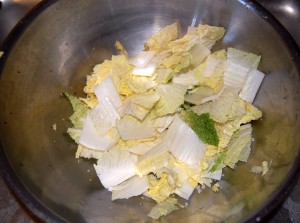
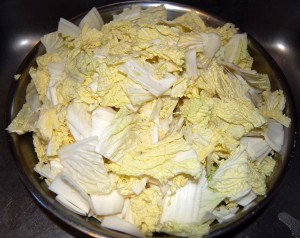
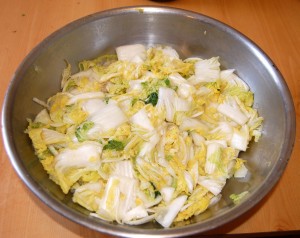
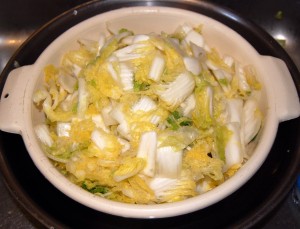
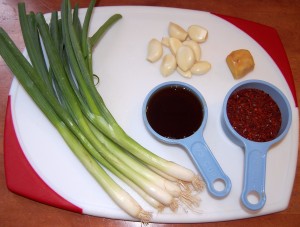
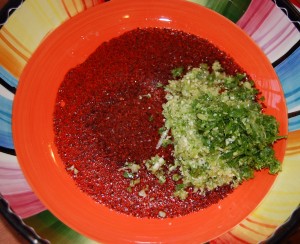
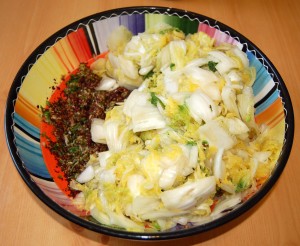
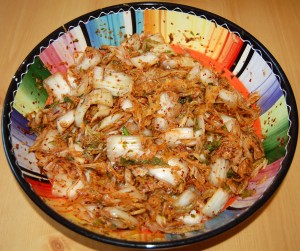
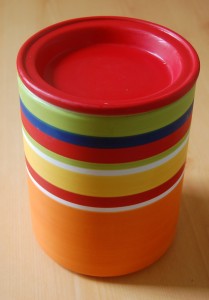
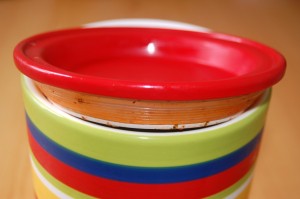
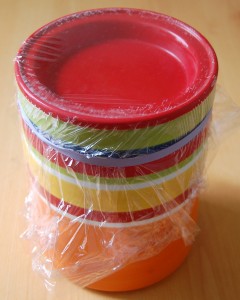
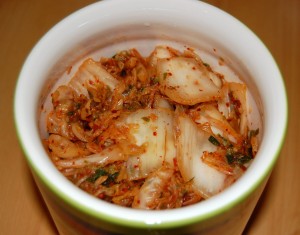
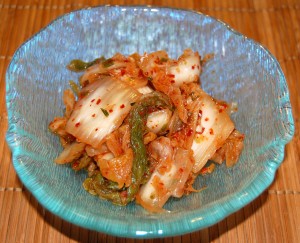
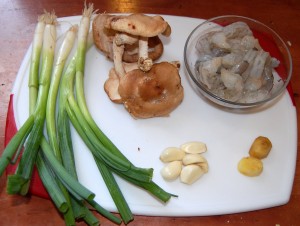
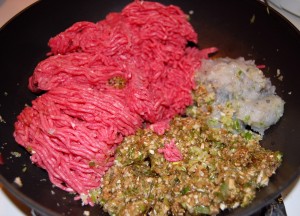
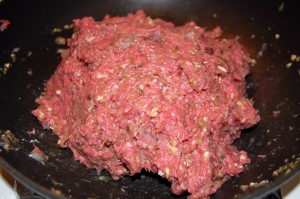
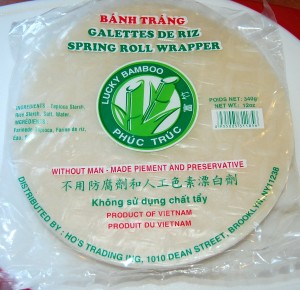
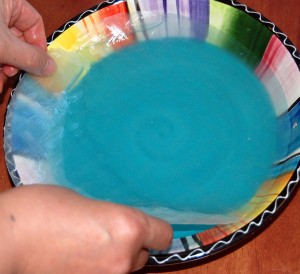
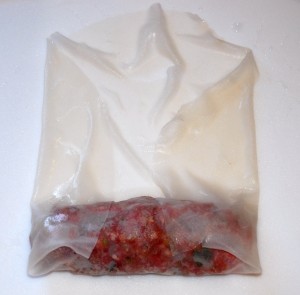
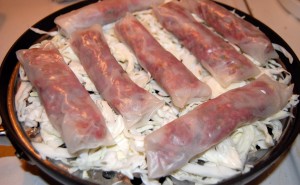
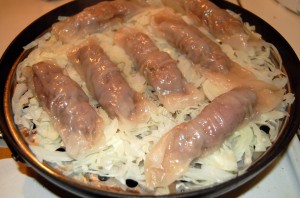
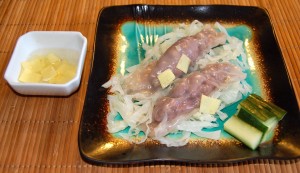





Recent Comments